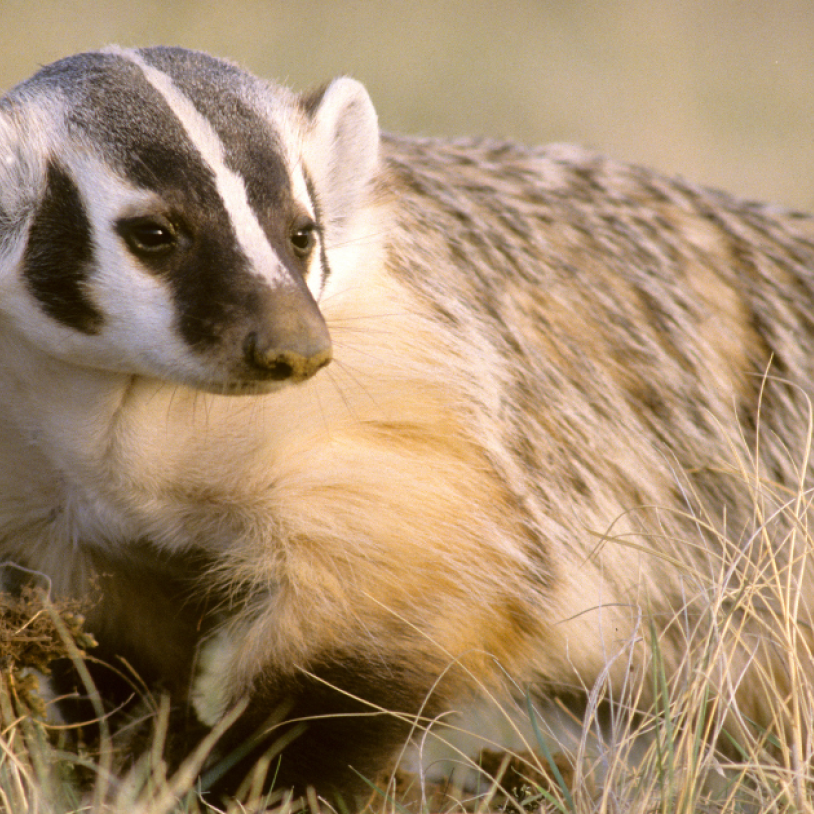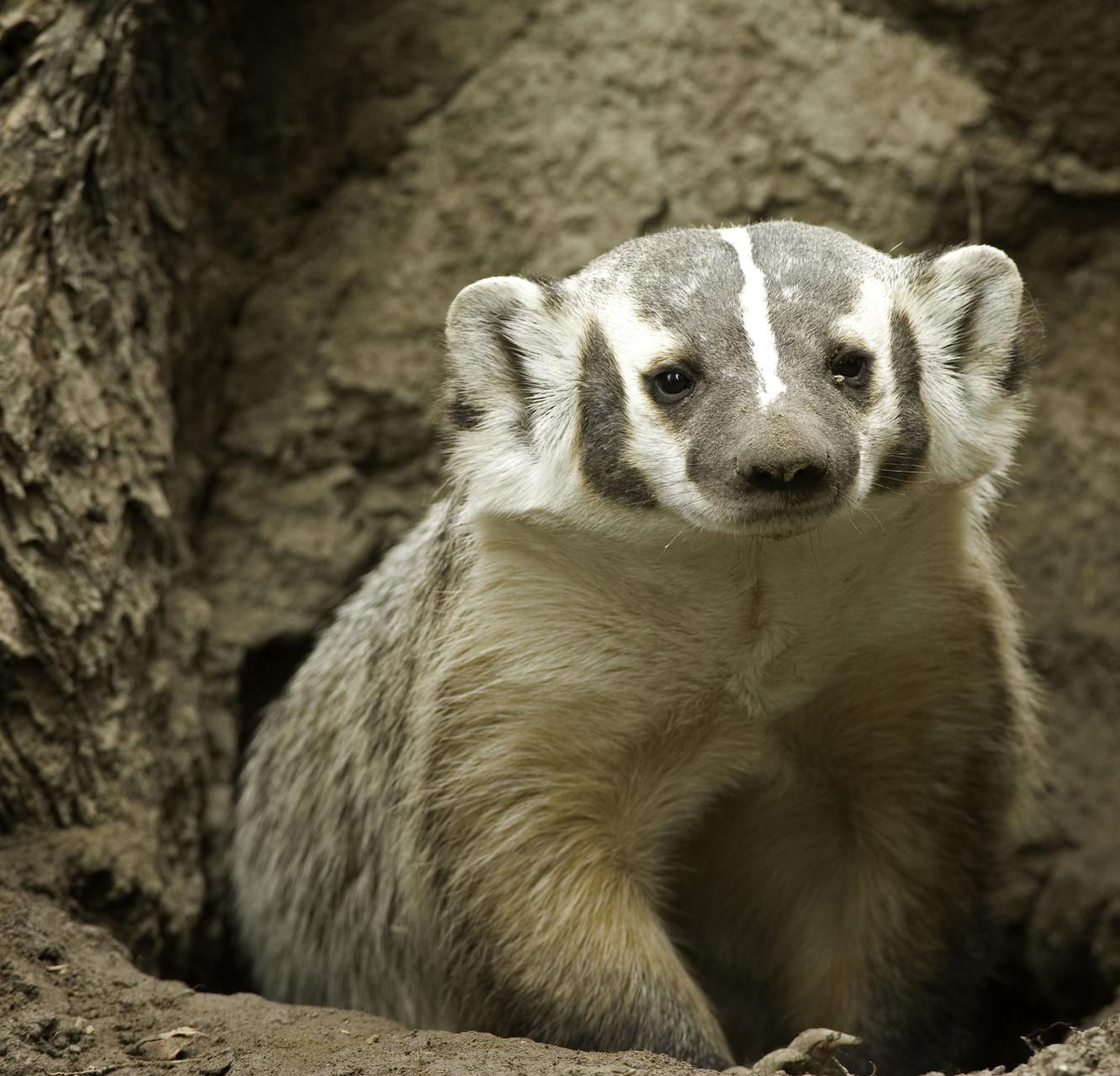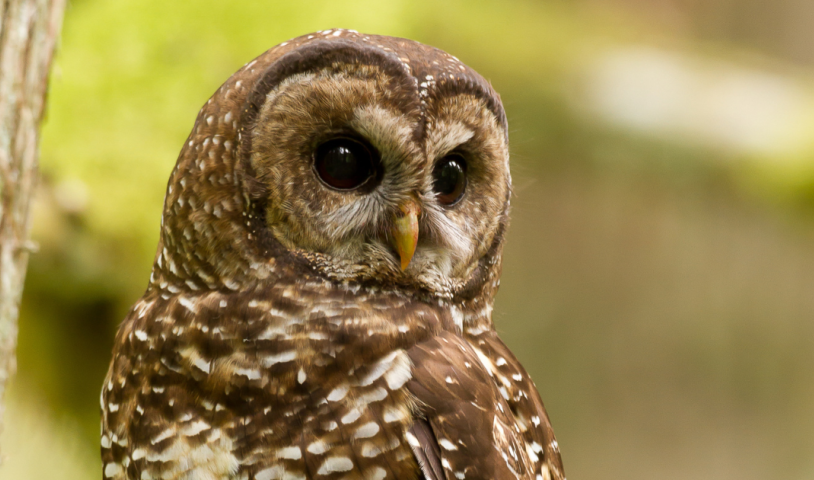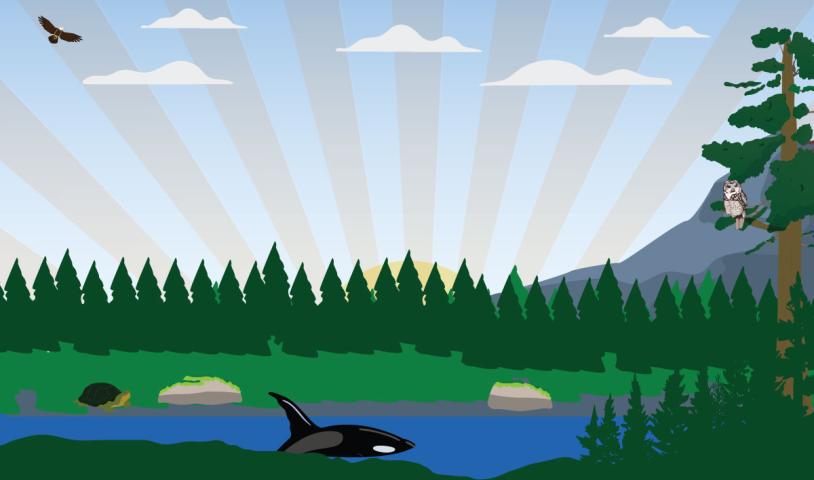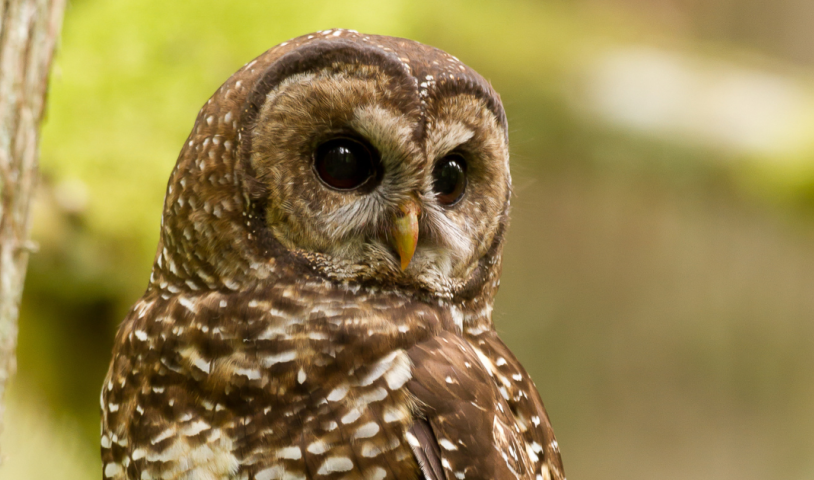B.C. needs endangered species legislation
Tuesday, February 15, 2011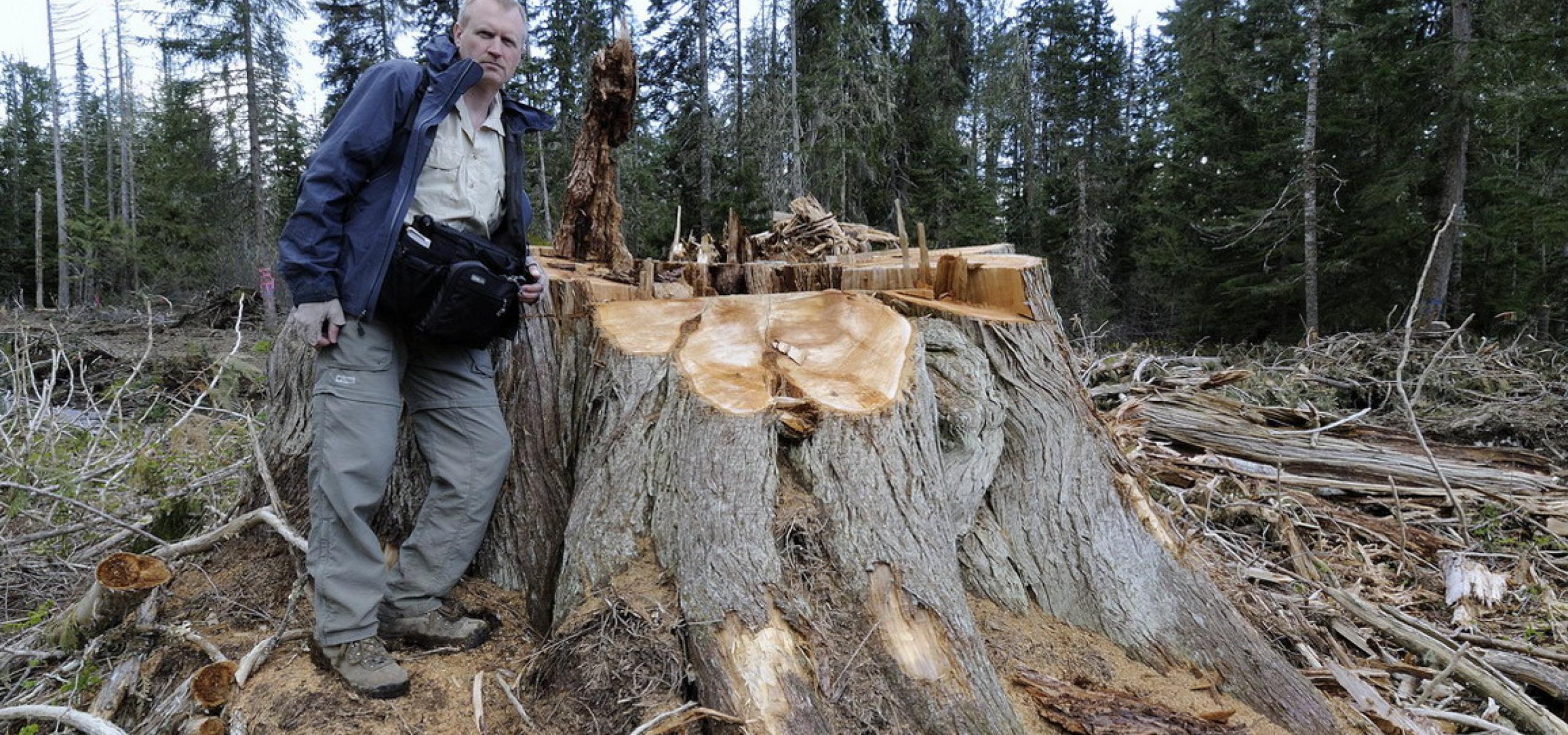
As a conservation biologist, I am charged with the responsibility of maintaining the genetic tapestry of life on our planet. And as a science communicator my job is to explain why nature and a healthy environment are crucial to the well-being of corporations, governments and children.
Super, natural British Columbia is awesome, with more than 4,373 known forms of life. At more than double the size of the state of California, B.C. is breathtaking. About threequarters of the land lies above 1,000 metres in elevation and more than 18 per cent is rock, ice or tundra. It's home to the highest diversity of life in Canada: 10 ecological zones with unique natural communities including coastal and interior rainforests, massive spruce forests, exquisite montane forests, endangered coastal prairie and interior grasslands, rare Garry oak and evergreen Pacific madrones, and incredible freshwater ecosystems which connect and sustain life in the Pacific Ocean.
Currently, B.C. is without endangered species legislation and 1,900 species are at risk from local extinction or extirpation. This is unacceptable for a number of reasons.
Over the past quarter of a century biologists have learned a lot about the web of life with rainforests, grasslands and all B.C. ecosystems.
It turns out that old-growth coastal rainforests are incredibly rich ecosystems that act as massive carbon warehouses offering all life a buffer against rising greenhouse gases and global warming. The caveat, however, is that these rainforests need to remain intact and undisturbed by human development. Moreover, their very health and well-being depend upon the presence of myriad critters, which in turn require habitat provided by these ancient temperate rainforests.
For instance, in order for Sitka spruce, Canada's tallest trees, to grow in excess of 95 metres -the equivalent of a 31-storey skyscraper -they require a microscopic soil fungus to help their roots extract nutrients and vitamins from the nutrient-poor rainforest soils and protect them from summertime droughts. In return, the Sitka roots offer the fungus food in the form of carbohydrates - a remarkable symbiotic or give-andtake relationship.
In order for the fungus to spread in the ancient rainforest it relies upon the nocturnal flying squirrel to eat its mushroom or fruit bodies in the late summer and poop the spores or seeds in perfect self-contained fertilizer packs throughout the forest. Flying squirrels are the main prey for endangered spotted owls. A breeding pair of spotted owls requires 3,400 hectares of old-growth rainforest in order to survive.
Some of my colleagues have spent their lifetimes observing and understanding how big trees in oldgrowth rainforests get so tall. It's not just the microscopic relationships in soils; rather, it's a combination of factors, including the presence of canopy lichens, half fungus and half algae, which require forests to be at least 150 to 200 years old before they can begin to farm atmospheric nitrogen into nitrates -a form Sitka spruce can use because these ancient rainforests severely lack nitrogen.
Old-growth rainforests are still being felled in B.C. In fact, thousand-yearold western red cedars are slated to be logged in the inland rainforest's Robson Valley. It's the only valley left in the entire Rocky Mountains where grizzly bears still feed on wild oceangoing salmon.
Habitat destruction is the leading cause of species extinction on our planet.
Global warming is also exerting additional pressures on B.C. forests.
Since 1998, mountain pine beetle outbreaks have killed an estimated 700 million cubic metres of pine, mostly lodgepole, in B.C. -in excess of half of the province's commercial pine. Warmer winters, a long fire-suppression policy and stressed pines have all collided in the perfect feeding frenzy.
The bark beetle infestations will continue until they run out of lodgepole in the next couple of years. In the meantime, these forests -which once absorbed rising levels of CO2 -have now become a source of CO2 as they begin to decompose. Over the next 10 years, the beetle-killed forests will emit 250 million tonnes of CO2 or the equivalent of five years of car and light truck emissions in Canada.
B.C.'s Crown merchantable forest has shrunk, dramatically. The worldwide recession has exacerbated the weak demand for B.C. timber and thousands of B.C. forest workers have lost their jobs.
It's time to protect the remaining old-growth forests, animals and plants (some with potent medicinal value) and all ecosystems with science-based endangered species legislation. Accelerating the harvest of ancient coastal and inland rainforests will impoverish our children by dismantling the tapestry of life and hasten the loss of species diversity throughout the province. Moreover, tourism is poised to take over as the leading revenue-bearing industry in B.C. Eco-tourism alone is set to add more than 13,000 new jobs by 2015.
British Columbians are very fortunate because each voter has a stake in the Crown lands, which make up 95 per cent of the province, including the ancient rainforests. The value of all ecosystems and their interconnected webs of life are priceless in the 21st century and they require endangered species legislation to protect them - now!
Dr. Reese Halter is a conservation biologist at California Lutheran University in Thousand Oaks and co-author with Dr. Nancy Turner of Native Trees of British Columbia
Photo: Photographer Paul Morgan took this self portrait in a clearcut in BC's Robson Valley.
